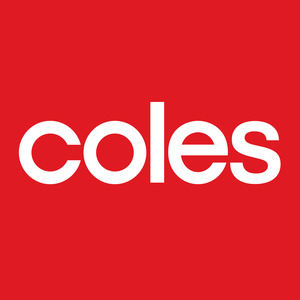tl;dr
Retailers are not responsible for tampered gift cards. Tampering likely occurs at printing facility and Apple has to step in to resolve the issue.
Full story and my thoughts:
Today I purchased several Apple gift cards from Coles, aware of the ongoing tampering issue. I filmed myself opening the cards straight away and, as expected, found all four higher denomination cards ($200 and $100) had been tampered with in the same way. One or two characters on the code were partially scratched out, altering their appearance (e.g., "D" to "I", "Z" to "7"). Low denominations ($50 and $30) were fine.
The package was not tampered. The seal was intact. The serial numbers on the inside and outside matched.
Coles' manager said there was similar issue the day before, a customer got "Invalid code" message trying to redeem cards but they figured out what alternated symbols were and successfully redeemed cards. He asked me to try to redeem codes in front of him and, to my surprise, they all worked.
That got me thinking how the whole fraud works.
If we refer to the Gift Card FAQ we'd see two suggested ways to tamper with cards:
Someone takes an unactivated Apple gift card from a retailer, carefully opens up the packaging, swaps the sheet containing the gift card code with a sheet containing an already-redeemed gift card code, then seals up the packaging again and returns the gift card to the store to be purchased by another person.
This was not the case because I got completely working code in the end and all serial numbers matched. So, we can be 100% that the gift card was not replaced.
Someone takes an unactivated Apple gift card from a retailer, carefully opens up the packaging, takes out the sheet containing the gift card code, records the gift card code, removes one or more characters from the gift card code and replaces them with random characters, then seals up the packaging again and returns the gift card to the store to be purchased by another person.
This was the case. I inspected the tampered cards' package against the good ones and found no difference. There is no trace of package being opened or resealed. The seal is pretty impossible to be undone and sealed again. The is no cut, glued or unusual parts on the envelopes.
My conclusion is that no one takes these gift cards to their home to repack in home conditions and bring them back to the store.
To be able to alternate codes in a normal sealed package there are two options I see: to have a bunch of brand new seals (only in this case it could be done at home) or to have access to codes before they were sealed. Both options lead us to the printing facility where they print and seal gift cards.
Someone records all codes before they go to envelopes, alternates or erases a symbol or two, puts a code into a package, seals them and ships them to retailers.
I also thought why alternate symbols instead of just leaving them as is. The answer is to give the culprit time to redeem cards before the legitimate purchaser can. It's not a misprint, they didn't fade out.
The culprit records codes for themselves but can't use them until they have been activated via a retail purchase, so the culprit does constant check if any codes in their possession are active. If a customer gets a normal unaltered code then there is a chance that that code would be activated by a customer straight away and the culprit gets nothing. But with scratched out symbols a customer gets "Invalid code" error and has to spend some time to figure out what's wrong and who's fault it is - go back to the store to talk to a manager, call Apple support etc. This gives the culprit time to do code checking routine. This might be known knowledge or even wrong, but this is what I figured out myself.
How can Apple solve the issue?
- Find who is stealing the codes. Investigate and improve security measures at the printing facility to prevent code leakage. Change printing facility if necessary.
- Redesign gift cards. They used to be plastic if I remember correctly. Engraving instead of printing, non-scratchable ink and paper or other tamper-proof designs.
- Remove the ability to use gift cards for hardware purchases (bring back iTunes cards instead of buy-all cards). This is how the culprit cashes them out. No one would be interested in stealing codes if you only can buy apps and music with it.
- Remove the ability to use loaded to Apple account funds to purchase hardware. This option was enabled about 4 months ago in Australia and I see a surge in tampered Apple gift cards since then.
- Something else? I am sure Apple faced with the same issue in other countries.
PS
It has probably been discussed on forums before. I will send this to Apple as well to raise their awareness.
PPS
I can't add any tags to this post. Mods, please add "gift card" and any other necessary tags.

@mapax - 2 in 2 days. 100% strike rate so far.
Please don't waste your time.